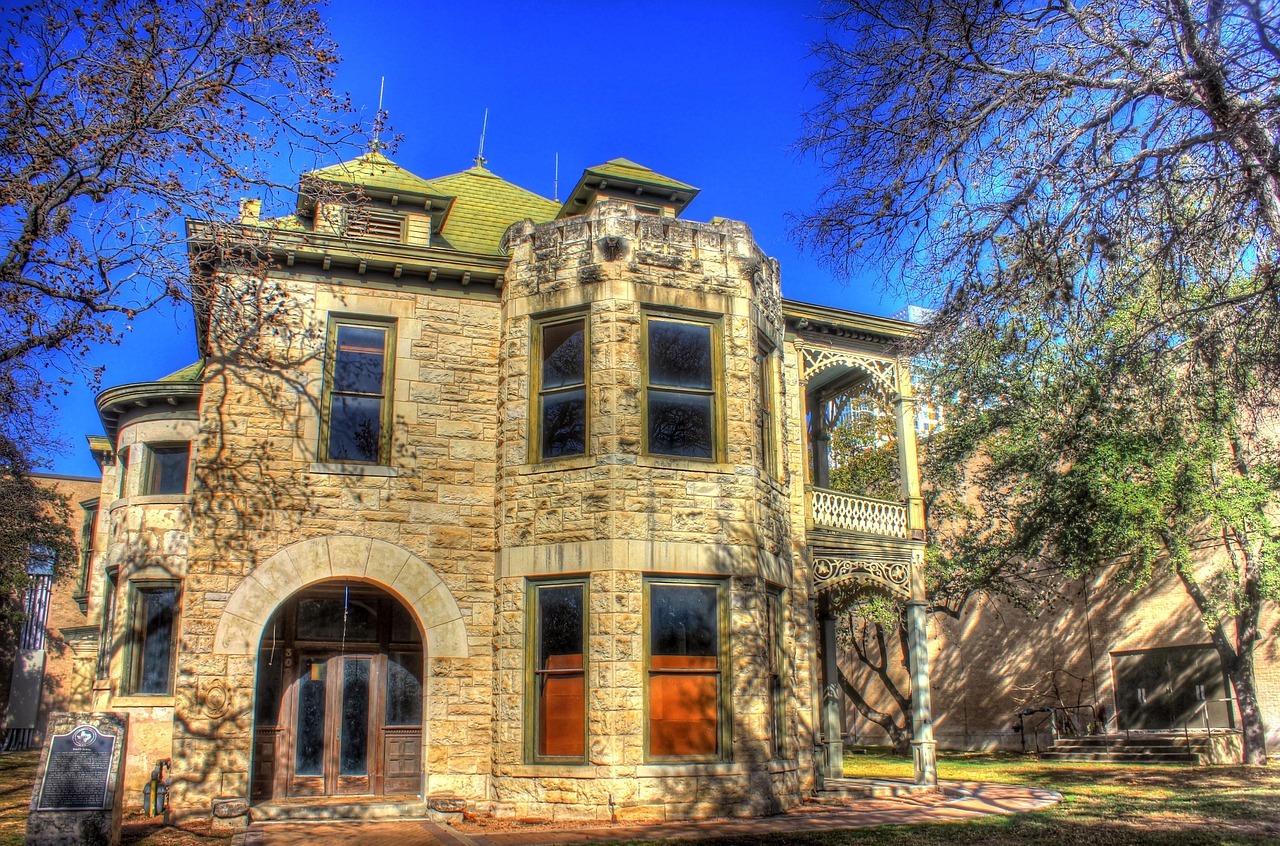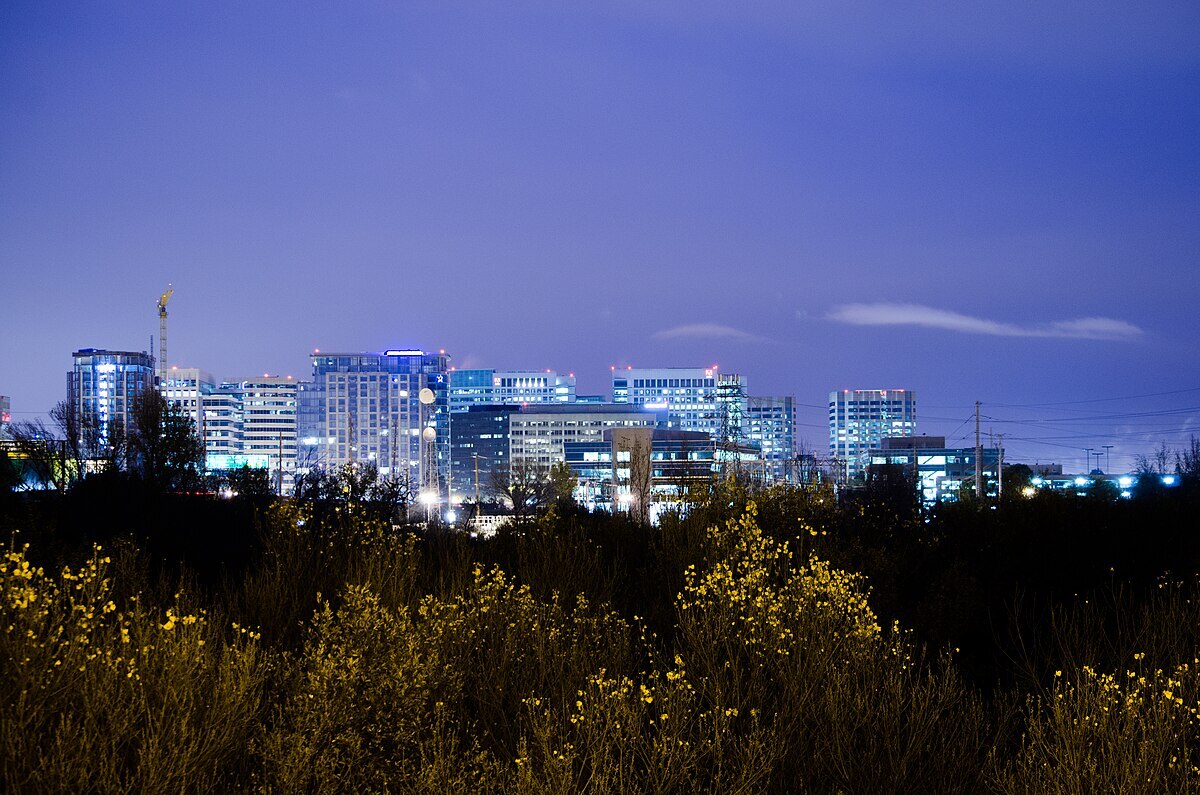.png)
Landscape architecture blends creativity with sustainable design, shaping functional, beautiful, and eco-friendly outdoor spaces. From public parks to rooftop gardens, it impacts daily life and the built environment. The global landscaping services market was valued at USD 330 billion in 2024 and is expected to hit USD 484 billion by 2030, growing at 6.4% annually.
Despite its relevance, many still have common landscape architecture doubts about what professionals actually do. What’s the salary? According to the U.S. Bureau of Labor Statistics, employment is projected to grow 5% from 2023 to 2033, with about 2,100 jobs added each year. Average U.S. salaries range from USD 79,660.
Let’s explore some common questions about green landscape architecture, covering career paths, required skills, design software, and the difference between landscape designers vs. architects.
What Does a Landscape Architect Do?

One of the most common landscape architecture queries is: what does a landscape architect do?
A landscape architect is responsible for planning, designing, and overseeing the development of outdoor spaces. These may include:
- Urban parks and plazas
- Institutional campuses
- Residential landscapes
- Wetlands and ecological restoration areas
- Transportation corridors and waterfronts
They evaluate the impact on nature, produce landscape architecture drawings, join forces with engineers and planners, and confirm that the project follows the law and sustainability rules. Their creations join art, science, and attention to the community to produce attractive and green professional spaces.
How Is Landscape Architecture Different From Landscape Design?
A major source of confusion stems from the difference between landscape design and architecture. While both fields improve outdoor spaces, the scope and responsibilities vary significantly.
-
Landscape Architecture deals with large, complex projects involving zoning regulations, engineering, environmental assessments, and construction documentation. It often requires licensure and formal education (typically a BLA or MLA degree).
-
Landscape Design is more focused on the aesthetics and functionality of smaller spaces such as home gardens, patios, and courtyards. Designers often work on landscaping services that don’t require structural changes or regulatory approvals.
What Skills Are Needed to Succeed in This Field?
A frequent question about landscape architecture relates to the skills required for success. Landscape architects must wear many hats. Some of the key essential skills include:
-
Creative Vision: Plan attractive and helpful spaces by combining form, texture, color, and good spatial arrangement.
-
Technical Knowledge: Knows the site’s incline, drainage requirements, materials, and plant characteristics to ensure the project is strong, safe, and environmentally friendly.
-
Software Proficiency: Expertise with CAD, GIS, and 3D tools allows me to design project plans, check site information, and show life-like views of the project.
-
Communication: Expresses the plans to the clients, works with the teams, and gets needed approvals from planning boards and regulatory bodies.
-
Project Management: Takes care of the budget, sets schedules, and assigns roles to help deliver large landscape designs on time and with all requirements met.
-
Environmental Awareness: Applies sustainable practices, respects ecosystems, and integrates native plants to promote environmental health and biodiversity.
The ideal landscape architect job profile includes both left-brain logic and right-brain creativity, a balance of artistry, science, and logistics.
Which Software Tools Do Landscape Architects Use?
Landscape architects use a wide range of software to plan, visualize, and document their landscape projects. These tools are crucial for producing accurate landscape architecture drawings and coordinating with other professionals.
Common tools include:
-
AutoCAD: Software is widely adopted by the industry for the precise design and layout of documents and drawings used by construction firms.
-
SketchUp: This tool is simple to use and great for fast modeling and imagining how a space or design will work.
-
Adobe Photoshop & Illustrator: Key software for making presentations, diagrams, and renderings with sharp graphics and markings.
-
ArcGIS: Powerful software that allows you to study and map environments and combine geographic data in a design that protects the environment.
-
Lumion / Enscape: They use real-time rendering so that you can show clients photorealistic pictures and much more.
-
Rhino + Grasshopper: Employed in advanced modeling, which enables designers to create complex forms and patterns and use algorithms for landscape design.
Mastery of these tools can elevate the quality and efficiency of both residential landscape architecture and larger urban planning efforts.
What Career Opportunities Exist in Landscape Architecture?

Considering what possibilities exist in this sector? Many job opportunities exist for people with landscape design and architecture skills.
-
Private Firms: People involved in private firms focus their practice on commercial, civic, or residential landscape architecture projects.
-
Public Sector: Urban planning, management of parks, and sustainability are part of the public sector.
-
Real Estate Development: Planning outdoor areas for use in people’s homes and commercial spaces
-
Environmental NGOs: Involved in wetland restoration, watershed planning, and biodiversity conservation
-
Academia: the main roles are teaching, carrying out research, and making changes to public policies.
A common question is: How much do landscape architects make. According to the U.S. Bureau of Labor Statistics, most landscape architects earn around $79,660 annually, while professionals with more experience and who live in big cities may make more than $100,000.
Is Licensing Required to Practice in the USA?
Yes. Most U.S. states require individuals to be licensed as “Landscape Architects” to practice landscaping.
The licensing process typically includes:
-
Accredited Education: All students should finish their BLA or MLA from a program recognized by the Landscape Architectural Accreditation Board (LAAB).
-
Internship: An internship is an opportunity to get guidance while practising what you know about landscape architecture.
-
LARE Exam: Successfully passed the LARE Landscape Architect Registration Examination.
-
State Requirements: Every state can request ethics courses, annual fees, and required continuing education.
In some situations, being licensed elsewhere can give you the option to be recognized in another U.S. state. People involved in regulated landscape architecture projects must have the proper licenses.
What Are the Biggest Challenges Landscape Architects Face Today?
Today’s landscape architects face a complex set of challenges:
-
Climate Resilience
Planning and construction must change with the effects of climate change, such as hot weather and environmental strains.
-
Water Management
Appropriate watering methods, rain gardens, and systems designed for stormwater are needed to solve problems related to droughts, floods, and lack of water.
-
Biodiversity Loss
They should support the habitat, attract pollinators, and use species native to the district to fight against urban biodiversity decline.
-
Urban Overcrowding
Dense urban areas need more green spaces to improve the environment for people, their well-being, and interactions.
-
Public Participation
Inclusively designed spaces bring together the community to make certain all public areas are accessible and also look great.
-
Policy Compliance
Projects must align with shifting zoning laws, sustainability mandates, and environmental protection policies to gain approval and funding.
Conclusion
Now that the world wants sustainable and comfortable cities, landscape architects are more needed than ever before. Even so, many people tend to ask many landscape architecture queries, such as the duties of a landscape architect and how much money a landscape architect can earn.
The answers to these common landscape architecture doubts reveal a profession that is not just about aesthetics, but also about sustainability, climate resilience, and social responsibility. With the right skills, tools, and mindset, a career in landscape architecture offers both purpose and creativity.
To further explore careers and tools used in architecture and design, check out the Building Information Modeling Course for Architects at Novatr. You can also dive deeper into tutorials, articles, and industry insights through our resource page.
Was this content helpful to you



.jpg)




.png)


